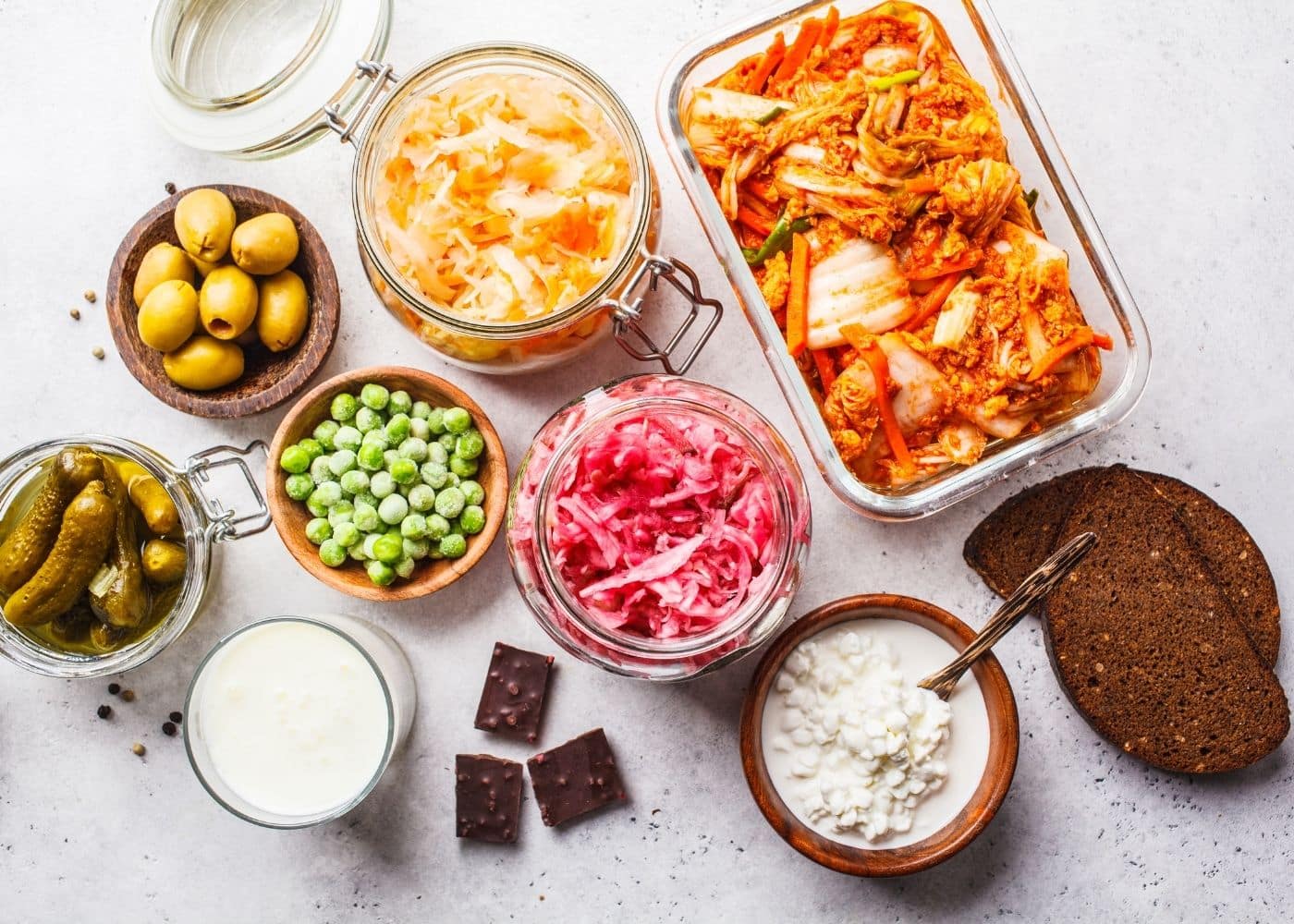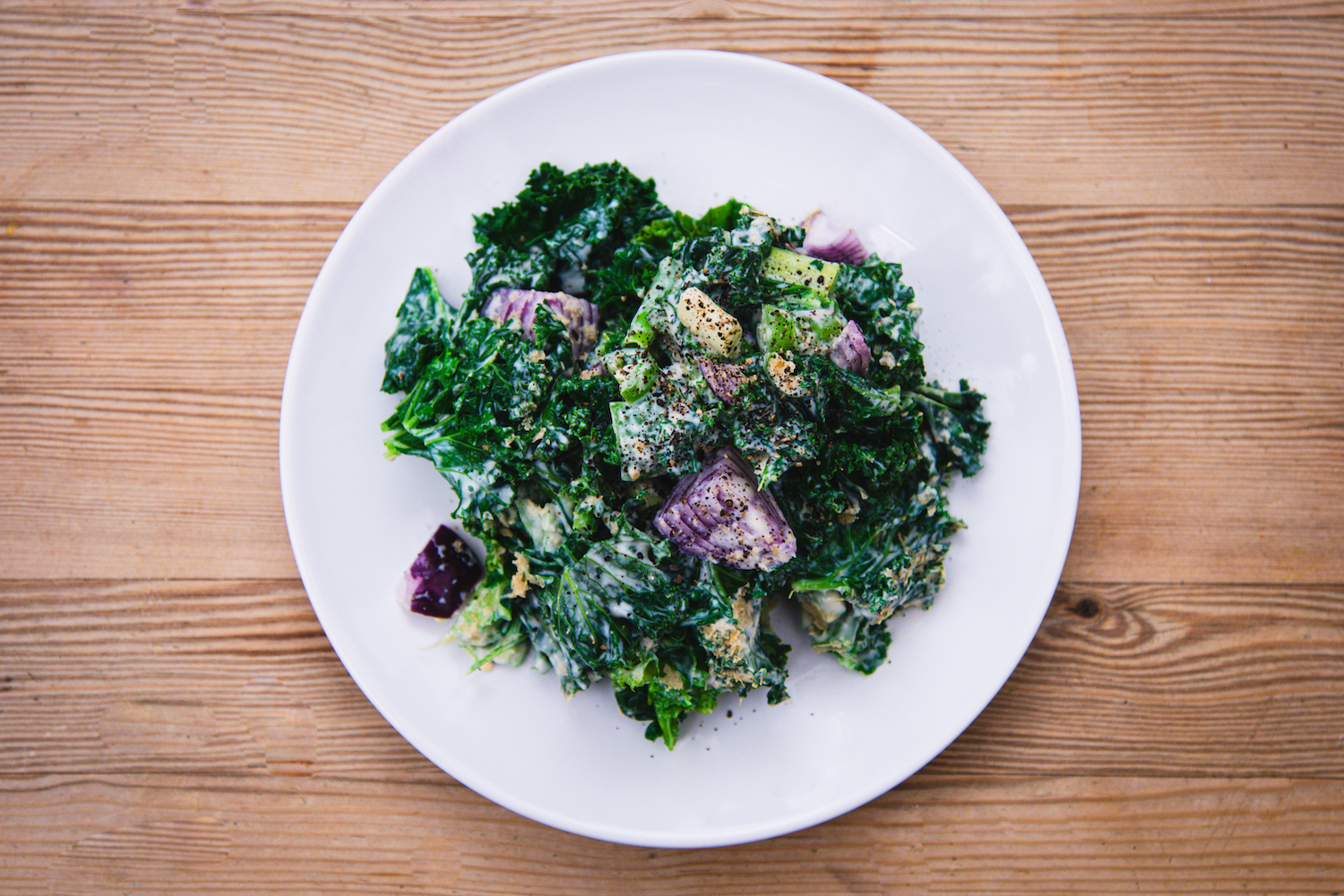If you’ve been on the lookout for probiotic supplements, you’ve probably encountered Bifidobacteria. This genus of bacteria includes some of the most popular probiotic strains on the market, and for good reason – your gut loves it! Find out why, and how you can help your Bifido thrive.
Bifidobacteria, or Bifido for short, belong to the larger lactic acid-producing group of bacteria (LAB), characterised by being Gram positive and producing lactic acid during carbohydrate fermentation. The LAB group also includes the famously probiotic Lactobacillus group – you can read our post about them here. Though both are acid-producing, Bifido are capable of producing acetate and are strict anaerobes; this means that, instead of surviving on oxygen, glucose is used as a source of fuel1.
Due to their strict living conditions, Bifido are less ubiquitous than their Lactobacillus relatives. With that said, they are intestine-dwelling microorganisms – more Bifido can be found in the gastrointestinal tract of humans and animals than Lactobacillus2, and they make up a significantly large proportion of fecal bacteria in infants (80%!)3. Researchers have found 48 species within the Bifido genus – and there’s possibly even more to be discovered as sequencing technologies improve.
Bifidobacteria are intestine-dwelling microorganisms – more bifido can be found in the gastrointestinal tract of humans and animals than Lactobacillus.
There are seven main groups within the genus: Bifidobacterium adolescentis, B. asteroides, B. boum, B. longum, B. bifidum, B. pseudolongum, and B. pullorum. Those often found in the human gut are from the groups B. pseudolongum (especially Bifidobacterium animalis subsp. lactis strains), B. longum (Bifidobacterium breve and B. longum strains), B. bifidum, and B. adolescentis; most probiotic strains also belong to these important groups4.
So, they’re mostly in the gut – but what exactly do Bifidobacteria do there?
A distinguishing feature of the Bifido genus is their ability to ferment carbohydrates, i.e. fiber and other non-digestible complex carbohydrates, which escape digestion in the small intestine. This fermentative pathway takes place in the large intestine (the colon), and produces important compounds called short-chain fatty acids (SCFAs) including acetate, propionate, and butyrate – these are important energy sources for the body and have also shown ability to inhibit the growth of pathogenic organisms in the gut2,6.
Breast-fed babies tend to have higher counts of beneficial Bifidobacteria, which help to digest oligosaccharides found in breast milk.
Newborns and infants are particularly influenced by Bifido. The gut microbiome of newborns is primarily made up of Bifido species, typically B. longum, B. breve, and B. bifidum, which varies depending on a number of environmental factors such as their feeding method (i.e. breast milk vs. formula)3. Breast-fed babies tend to have higher counts of beneficial Bifido, as the oligosaccharides found in breast milk stimulate their growth to digest these sugars5.
Additionally, Bifido are capable of producing folate, a B vitamin usually taken as a prenatal supplement. The presence of folate-producing strains in the gut help to protect against cancer and gut inflammation by regulating the proliferation of gut epithelial cells (colonocytes). One such strain, B. adolescentis MB 239, has demonstrated to be a high producer of folate7.
Other important chemicals that Bifido can produce in the gut are healthy fats, specifically conjugated linoleic acid (CLA). CLA have shown extensive health-promoting properties, including enhancing immune function of the body, reducing body fat, and anti-cancer properties such as inhibiting skin papillomas and mammary tumours8.
If Bifido already live in our gut, why should we supplement them with probiotic strains?
While there are indigenous Bifido already living in our gut, supplementing the already-existing population with probiotic strains help them thrive and boosts their benefits on our health. Primarily, these beneficial effects are associated with preventing and treating intestinal diseases. Here are some examples from clinical trials of how probiotic Bifido can help your gut4.
| Physiology | Strain | Effect |
Lactose Intolerance |
| Improve symptoms |
Antibiotic-Associated Diarrhea |
| Improve symptoms in childrenReduce incidence in hospital patients |
Irritable Bowel Disease |
| Improve and/or alleviate symptoms |
Inflammatory Bowel Disease |
| Improve clinical conditions and/or maintain remissions |
Helicobacter pylori Infection |
| Reduce H. pylori levels |
While specific health benefits of Bifido are strain-dependent, mixtures of strains are also commonly used to boost benefits. VSL #3, as listed in the table above, is an example of a commercial probiotic mixture of several Bifido strains in the form of supplements and have shown to protect against a number of physiological disorders.
Bifido are friends AND food – how can we implement them into our diet?
Eating high-fiber & prebiotic foods is key to increasing our Bifido levels. Fiber is a prebiotic, which means it doesn’t break down in the small intestine and instead passes on to the colon, where it undergoes fermentation by gut bacteria such as Bifido. This process helps Bifido thrive, thus maintaining a balanced microbiome to impart all the good health benefits. A higher fiber intake is linked to lower risks of cardiovascular disease and diabetes, improved laxation, and prevention of obesity2.
Higher fiber intake is linked to lower risks of cardiovascular disease and diabetes, improved laxation, and prevention of obesity.
Fruits rich in fiber include bananas, apples, mangoes and berries, while darker vegetables usually have higher fiber content – think swiss chard, spinach, and beets. Whole grains are also a good source of fiber, so consider switching from regular white bread to breads made from whole grain or dark rye. White rice can also be switched out with brown rice or even bulgur wheat or barley. Beans and legumes are easy additions to your soups and curries, and nuts such as almonds and pistachios can make easy snacks to go.
It’s also never too early to think about your newborn’s diet. If you can, breastfeeding is a great option to help your baby’s Bifido levels. Sugars found in breast milk stimulate the growth of beneficial Bifido in the gut, which is great for your little one’s development and overall health3.
Looking to get more greens into your diet? We can help you get there! Our RESET program is designed to support you making dietary and lifestyle changes. Gain insight through microbiome testing to see how delicious and nutritious plant-based foods can impact your own personal gut microbiome.




